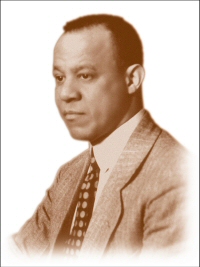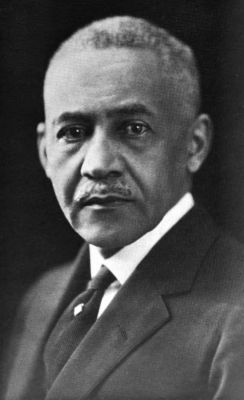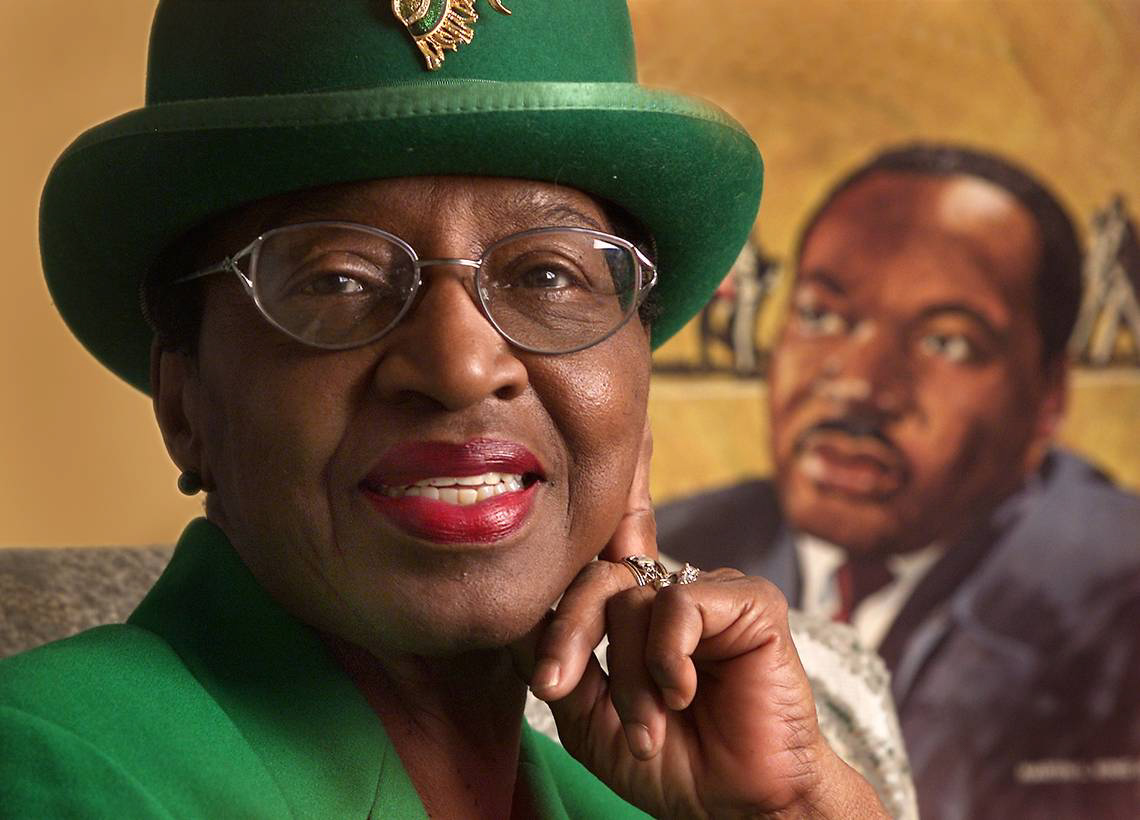The Golden 14 were the first Black women to muster into the United States Navy. First recognized by scholar Kelly Miller in his 1919 book “Kelly Miller’s History of the World War for Human Rights,” but subsequently nearly lost to history after the war, the women were later dubbed the Golden 14 in homage to World War II’s Golden 13, the first Black men to become U.S. Navy officers.
The Golden 14’s service began with Armelda Hattie Green of Jackson, Mississippi, who enlisted on August 13, 1918. A fair-skinned divorcée and former public school teacher, Yeoman Green was in the Aviation Department before being assigned to the Division of Enlisted Personnel, Mustering (the Muster Roll Division). This division kept track of sailors throughout the war. Greene’s brother-in-law, John T. Risher, a Black seaman, was chief of the Muster Office in the Bureau of Navigation, the office responsible for tracking the attendance and absences of all naval enlisted personnel. Because of his role, Risher was instrumental in Green’s transfer and the other Black women’s enlistment.
Despite Woodrow Wilson winning a second term on a platform that included keeping the U.S. out of the European war, his administration began preparing for the inevitable entry into the conflict. He promoted the passage of the Naval Act and the Naval Reserve Act in 1916. An unforeseen loophole in the Naval Reserve Act called “All persons who may be capable of performing special useful services for coastal defense” to join the Naval Reserve Forces. That loophole allowed the first white woman, Loretta P. Walsh, into the Naval Reserve on March 17, 1917, as a Yeoman. Risher also exploited this broad language and the military’s pressing need for administrative support to hire thirteen more African American women and ten Black men to work in the Muster Office.
Working as clerks, typists, and stenographers, the women, or yeomanettes, broke the cycle of Blacks solely working in the mess or as laborers. Wartime necessity allowed Risher and the women to set a precedent of civil service for African Americans. Before this, Black women were often disqualified for military service due to contrived medical issues, such as flat feet.
These fourteen pioneering women, who came from all over the country, distinguished themselves as they served during World War I, braving Secretary of the Navy Josephus Daniels, an avowed White Supremacist, housing discrimination, and systemic racism that included the rampant lynching of Black people in and out of uniform.
The Golden 14 encompassed women from prominent families such as Sara Davis Taylor, sister of John P. Davis, founder of Our World, one of the first national Black magazines, and Ruth Welburn, the grandmother of Ronald H. Brown, the Secretary of Commerce under President Bill Clinton. The others were Pocahontas A. Jackson, Catherine E. Finch, Fannie A. Foote, Olga F. Jones, Sarah E. Howard, Marie E. Mitchell, Anna G. Smallwood, Maud C. Williams, Caroll E. Washington, Josephine Washington, and Inez B. McIntosh.
The Navy required all yeomanettes to be mustered out by the end of 1919. There’s some dispute over the exact number of Black women who served; where Dr. Kelly Miller has the number at 14, others, citing a 1939 Congressional inquiry, say it is 24. Whatever the number, the women were all awarded the World War I Victory Medal for their service before receding into civilian life.






![Ed Too Tall Jones [boxer] Ed Too Tall Jones](https://new.blackpast.org/wp-content/uploads/2024/09/Ed-Too-Tall-Jones-Library-of-Congress.jpg)












